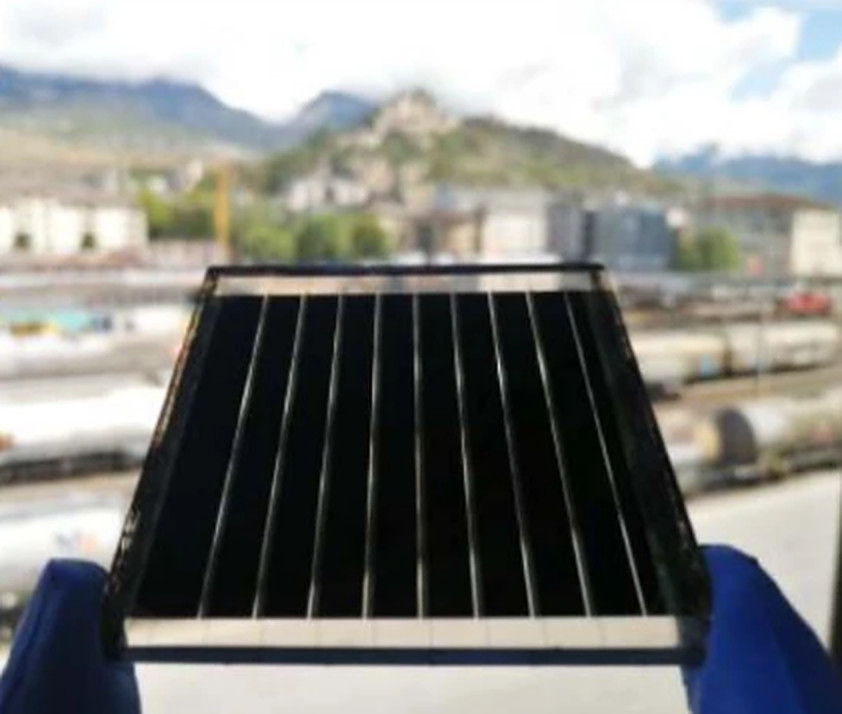Isomer passivation for a 21.4% efficient perovskite module

An international team of scientists trialled a new approach to passivating defects in perovskite solar cells. Using a tailored arrangement of atoms, the team was able to overcome challenges related to the formation of a two-dimensional perovskite layer on top of the active cell material, and reach 21.4% conversion efficiency for a 26cm² active area, which they claim as a record for a perovskite device of this size.

While the potential for perovskite solar cells to reach high conversion efficiencies at low production costs is well known, there is still a wealth of different device structures and elements being investigated in search of the best balance between performance, stability and cost, as well as environmental factors and material availability.
Passivation layers, deposited on top of the perovskite material, play an essential role in reducing material defects and unwanted reactions within the material, to improve both performance and stability. One strategy that has proved effective in research is the use of materials from a group known as alkylammonium halides. In many cases these form an additional two-dimensional perovskite layer on top of the perovskite, which can improve device stability but also negatively affect performance.
Isomer passivation
An international group of scientists representing institutes in China, Italy, Lithuania, Switzerland and Luxembourg, looked to overcome this challenge by using an isomer – a different arrangement of atoms – of a previously investigated passivation material, which was shown to be less ready to form a two-dimensional perovskite, but still offered many of the advantages. The approach is described in full in the paper Tuning structural isomers of phenylenediammonium to afford efficient and stable perovskite solar cells and modules, published in Nature Communications.
Cells fabricated with the passivation reached a conversion efficiency of 23.9% on a device measuring 0.09 cm², and 21.4% when this was scaled up to 26 cm². The devices maintained 85% of this initial efficiency after 1000 hours in operation, and 75% after 1000 hours heated to 85 degrees Celsius ina nitrogen atmosphere.
The team states that its study demonstrates a new material that could be of interest in perovskite cell manufacturing, and also a new approach in chemical engineering of the passivation layer that could yield even more impressive results. “This study demonstrates that altering functional groups and chemical structures should be an effective strategy to develop novel organic cation passivators with continuous and stable passivation effect,” they state, “which may pave the way for scaling up perovskite photovoltaics to sizes of commercial relevance.”
From: https://www.pv-magazine.com/2021/11/09/isomer-passivation-for-a-21-4-efficient-perovskite-module/


